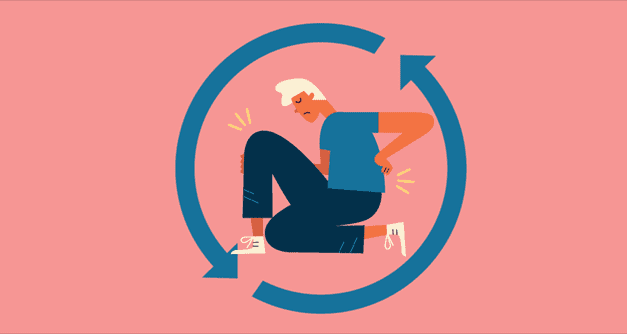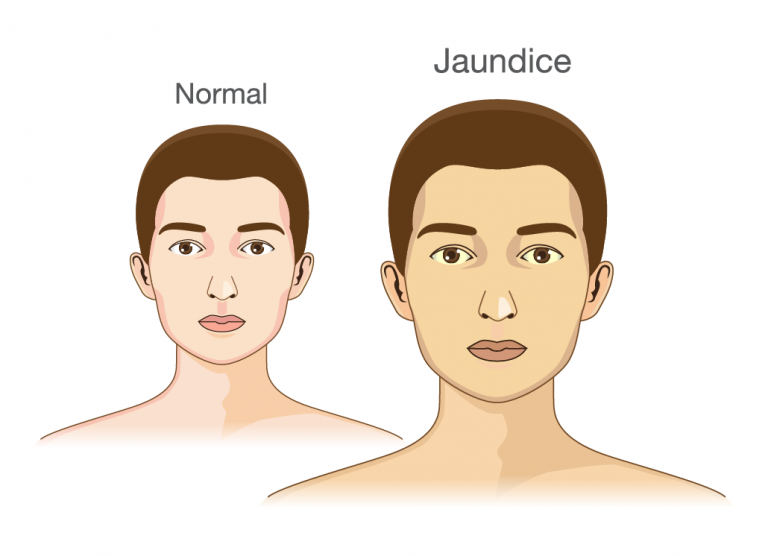These Are Common
Symptoms of Sickle Cell
01.
Chronic pain
One of the most common and distressing symptoms of sickle cell disease is chronic pain. The sickle-shaped cells can get stuck in the small blood vessels, blocking blood flow and causing episodes of severe pain, known as “sickle cell crises.” These crises can occur anywhere in the body but are most often felt in the bones, abdomen, and chest.

02.
Fatigue
Sickle cell disease can lead to anemia, a condition in which the body doesn’t have enough healthy red blood cells to carry adequate oxygen to the tissues. As a result, individuals with sickle cell disease often experience fatigue and weakness.

03.
Shortness of breath
Sickle cell disease can cause complications that affect the lungs, leading to shortness of breath or difficulty breathing. The abnormal sickle cells can block small blood vessels in the lungs, reducing oxygen exchange and causing respiratory distress. Additionally, sickle cell disease increases the risk of pulmonary hypertension, a condition characterized by high blood pressure in the arteries that supply the lungs. This further impairs lung function and can result in breathlessness even during minimal physical exertion.

04.
Jaundice
The sickle cells have a shorter lifespan than normal red blood cells, leading to a higher rate of hemolysis (rupture of red blood cells). This increased breakdown of red blood cells can cause a buildup of bilirubin in the bloodstream, resulting in jaundice, which is characterized by the yellowing of the skin and eyes.

05.
Swelling
The blockage of blood flow by sickle cells can cause swelling and pain in the hands and feet. This condition, known as “hand-foot syndrome,” is particularly common in infants with sickle cell disease.

06.
Frequent Infections
Sickle cell disease can weaken the immune system, making individuals more susceptible to infections, particularly bacterial infections like pneumonia and meningitis.

07.
Delayed Growth
Chronic anemia and malnutrition resulting from sickle cell disease can delay growth and development in children.

08.
Vision Problems
Sickle cells can block blood vessels in the eyes, leading to retinal damage and potentially causing vision problems, including vision loss.

09.
Priapism
In males with sickle cell disease, the abnormal blood flow can cause painful and prolonged erections known as priapism. This condition requires immediate medical attention to prevent permanent damage to the penis.

Other Common
Sickle Cell's Symptoms
- Jaundice
- Swelling of hands and feet
- Frequent infections
- Delayed growth and development
- Vision problems
- Priapism (painful prolonged erection)
- Ulcers on the legs or feet
- Gallstones
- Stroke
It’s important to remember that each individual with sickle cell disease may experience a unique combination and severity of symptoms. Regular medical care and management strategies tailored to each person’s specific needs are crucial for effectively addressing these symptoms and minimizing complications.

